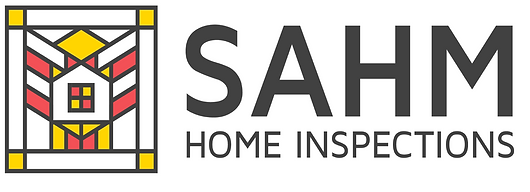Chicago’s location near Lake Michigan and its distinct weather patterns can contribute to specific air quality concerns. The city experiences both cold winters and hot summers, leading to increased energy consumption and reliance on heating, ventilation, and air conditioning (HVAC) systems. Additionally, in some areas, the higher population density and downtown environment introduce potential sources of air pollution, such as vehicle emissions, industrial activities, and construction projects. Addressing these challenges is crucial for maintaining healthy indoor air in the Windy City.
Regular HVAC Maintenance:
Start by scheduling regular maintenance for your HVAC system. In Chicago’s climate, your heating and cooling systems work overtime, making it essential to ensure they are clean and functioning optimally. Hire a professional technician to inspect and service your HVAC system at least once a year. This will help identify and address any issues that may impact indoor air quality, such as clogged filters, leaks, or mold growth.
Filter Upgrades:
Consider upgrading your HVAC system’s filters to higher-efficiency options. Look for filters with a high Minimum Efficiency Reporting Value (MERV) rating, as they can effectively capture smaller particles and pollutants. Filters with a MERV rating of 9 to 12 are generally recommended for residential use. Regularly check and replace filters according to the manufacturer’s guidelines to maintain their effectiveness.
Proper Ventilation:
Ventilation is key to maintaining good indoor air quality. In Chicago, where extreme weather conditions may limit the opening of windows, it’s crucial to ensure adequate ventilation within your home. Utilize exhaust fans in kitchens and bathrooms to remove moisture and pollutants. Consider installing an energy recovery ventilator (ERV) or heat recovery ventilator (HRV) to provide fresh air while recovering the energy from outgoing air.
Control Humidity Levels:
Chicago experiences both dry winters and humid summers. Monitoring and controlling indoor humidity levels can help prevent the growth of mold and the proliferation of dust mites. Use dehumidifiers during humid months and humidifiers during dry spells to maintain optimal humidity levels, usually between 30% and 50%. Regularly clean and maintain these devices to prevent the growth of mold and bacteria.
Indoor Plants:
Introducing indoor plants can significantly improve indoor air quality. They act as natural air purifiers, absorbing carbon dioxide and releasing oxygen while removing toxins from the air. Consider adding plants such as spider plants, peace lilies, or Boston ferns to your home to enhance IAQ. Be mindful of any plant allergies and ensure proper care and maintenance to avoid mold growth in soil.
Minimize Chemical Pollutants:
Reducing chemical pollutants in your home is crucial for improving indoor air quality. Choose low-VOC (volatile organic compound) paints, cleaning products, and building materials when renovating or redecorating. Avoid smoking indoors, and ensure proper ventilation when using household chemicals. Opt for natural alternatives whenever possible, such as vinegar and baking soda for cleaning.
Regular Cleaning:
Maintaining a clean living environment helps minimize dust, allergens, and other pollutants. Regularly vacuum carpets, rugs, and upholstery using a vacuum cleaner equipped with a high-efficiency particulate air (HEPA) filter. Dust surfaces and clean hard floors using microfiber cloths and mops that capture more particles than traditional cleaning tools. Regularly launder bedding, curtains, and other fabrics to remove dust and allergens.
In Chicago, where the environment poses unique challenges to indoor air quality, taking proactive steps to improve IAQ is essential. By following these strategies, you can create a healthier indoor environment for yourself and your family. Remember to prioritize regular HVAC maintenance, upgrade filters, ensure proper ventilation, control humidity levels, introduce indoor plants, minimize chemical pollutants, and maintain a clean living space. By breathing cleaner air, you can enhance your well-being and enjoy a healthier lifestyle.

